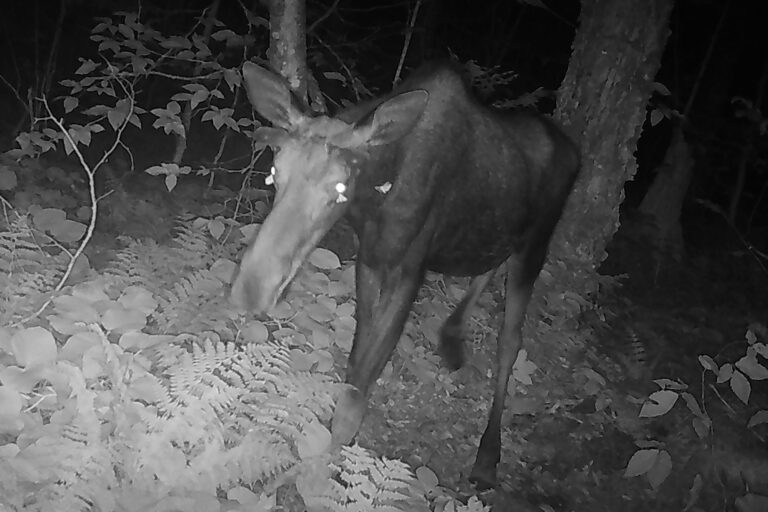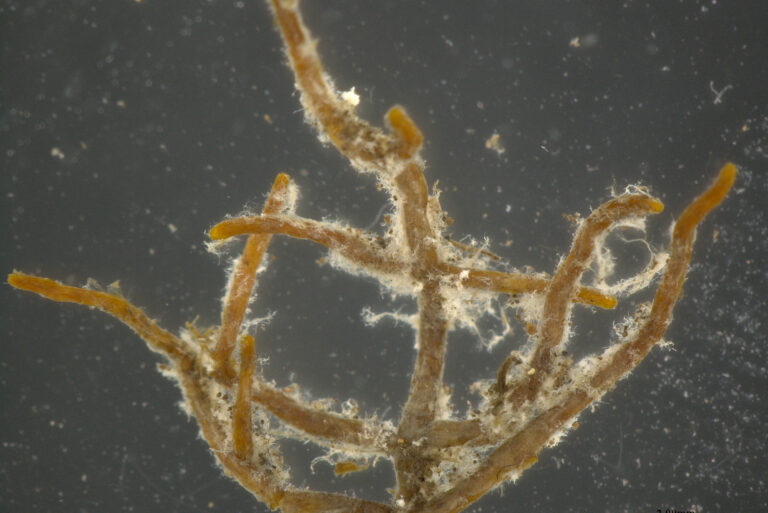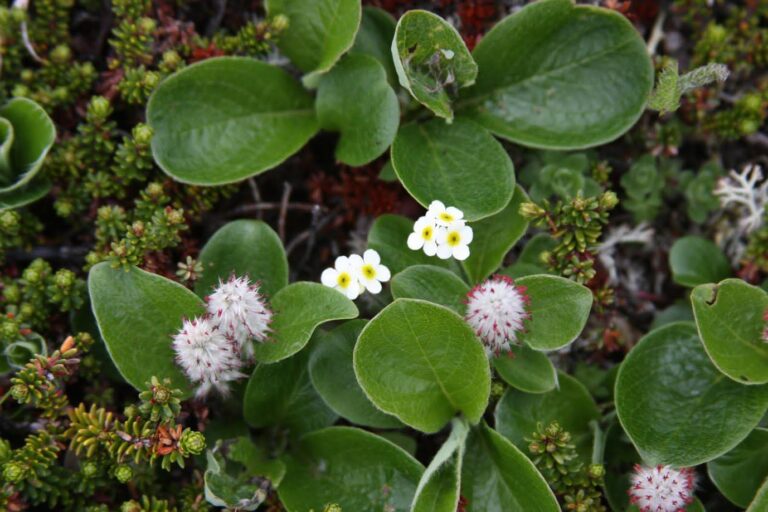
Revealing ecosystem connections between seamounts in the deep sea
New research sheds light on connections among seamounts deep under the northwest Pacific Ocean, and identifies those that could be important conservation targets as deep-sea mining ramps up.







